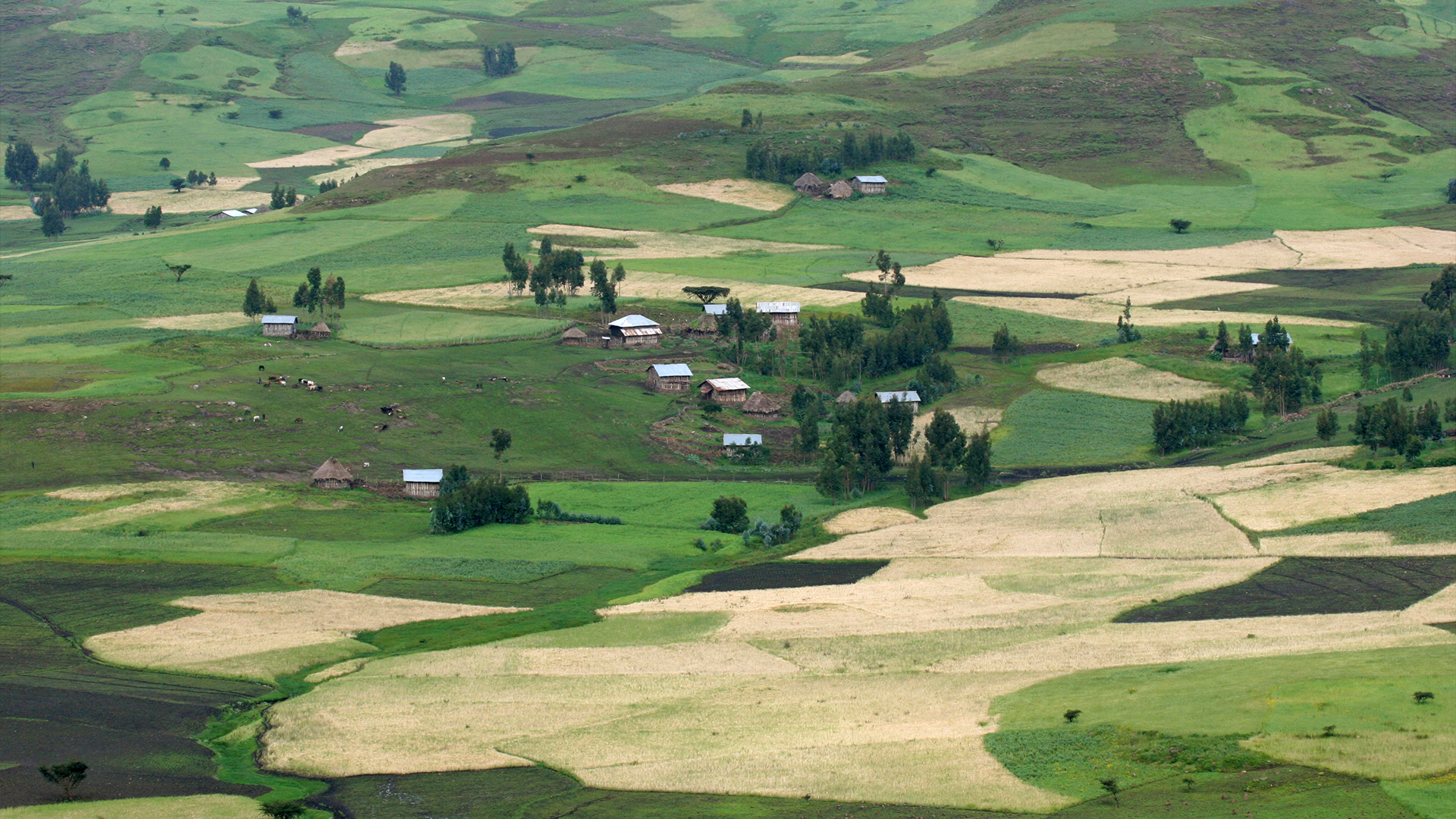Who were the first farmers?
Farming fundamentally altered the way humans live, eventually changing people from nomadic hunter-gatherers to sedentary city-dwellers.

The development of farming by Homo sapiens may be the most fundamental advance of our species. It forever changed the nomadic hunter-gatherer lifestyles that all humans had followed until that time, and the farming practices established by our ancient ancestors still shape agriculture around the world today, feeding billions of people.
Farming also led to villages and then to specialized labor, and then to the advancements of arts and technologies.
But when did farming start? And why?
Related: Are humans at the top of the food chain?
Fertile Crescent
Some of the earliest evidence for farming comes from the Fertile Crescent, a region roughly covering where Iraq, Syria and Israel are today.
Although it's relatively dry now, the region was once well-watered by two major rivers, and some of the first traces of farming were found in Tell Abu Hureyra in northern Syria, which about 11,700 years ago was a village on the banks of the Euphrates River.
Scientists have found signs rye was cultivated there at that time, and that it was deliberately ground into flour with large stones.
Get the world’s most fascinating discoveries delivered straight to your inbox.
Anthropologist and archaeologist Melinda Zeder, a curator emeritus at the National Museum of Natural History, told Live Science that farming seems to have developed in stages: people first cultivated plants in addition to hunting and gathering, then increased their reliance on farm plants, and then settled in nearby villages to dedicate themselves to farming.
"In the Near East, we have about another 1,000 years before we get to what you would call agriculture — when people devote most of their productive labor to growing domestic plants and animals," she said.
Animals everywhere
Following the development of crop farming, domestic animals like sheep, goats and pigs soon became a feature of settled farming life.
Zeder said that goats and sheep were domesticated in the Fertile Crescent about 10,500 years ago. Not too far away, in Anatolia (modern-day Turkey), animal domestication occurred in three major phases about 8,400 years ago, according to a 2022 study in the journal PNAS: first, people in settlements captured wild lambs and kids seasonally and raised them for slaughter; second, residents did limited breeding with these animals while continuing to capture wild young; and third, large-scale herding with reproducing captive animals took place, with adult animals being harvested for the settlement.
Like the domesticated varieties of wild plants, these animals were more suited to farming than wilder animals like gazelles, which were also abundant in the region at the time.
"It was basically the same process as for plants," Zeder said. "These were the resources encountered in these environments that were responsive to farming."
Before farming
Hugo Oliveira, a geneticist at the University of Algarve in Portugal, told Live Science that humans harvested edible plants at certain times of the year long before they developed true farming.
One example is a 10,000-year-old campsite in Germany where people gathered every fall to harvest hazelnuts — thousands of years before farming was introduced into Europe from Anatolia.
Researchers once theorized that farming started in the Fertile Crescent and spread from there to neighboring regions. But that isn't now thought to be the case, Oliveira said.
Instead, experts now think that farming was developed independently in different places at different times — in western Asia about 11,700 years ago, in eastern Asia up to 9,000 years ago, and in the Americas up to 10,000 years ago.
In every case, farming seems to have started with two key plants — one a cereal, such as wheat or maize, and the other a legume or bean, such as chickpeas or soybeans.
"The cereal gives you carbohydrates, and the legume gives you protein," Oliveira said.
Zeder said it wasn't clear just why farming started when it did, and not in an earlier epoch.
But it seemed to have arisen in the early Holocene — the current time period that started about 12,000 years ago, following the last ice age — through a confluence of factors, including the greater density of human populations at that time and the suitability of plants and animals for farming.
"It’s not a single factor," Zeder said; "it’s density, it's what's available — it's culture."
Tom Metcalfe is a freelance journalist and regular Live Science contributor who is based in London in the United Kingdom. Tom writes mainly about science, space, archaeology, the Earth and the oceans. He has also written for the BBC, NBC News, National Geographic, Scientific American, Air & Space, and many others.



